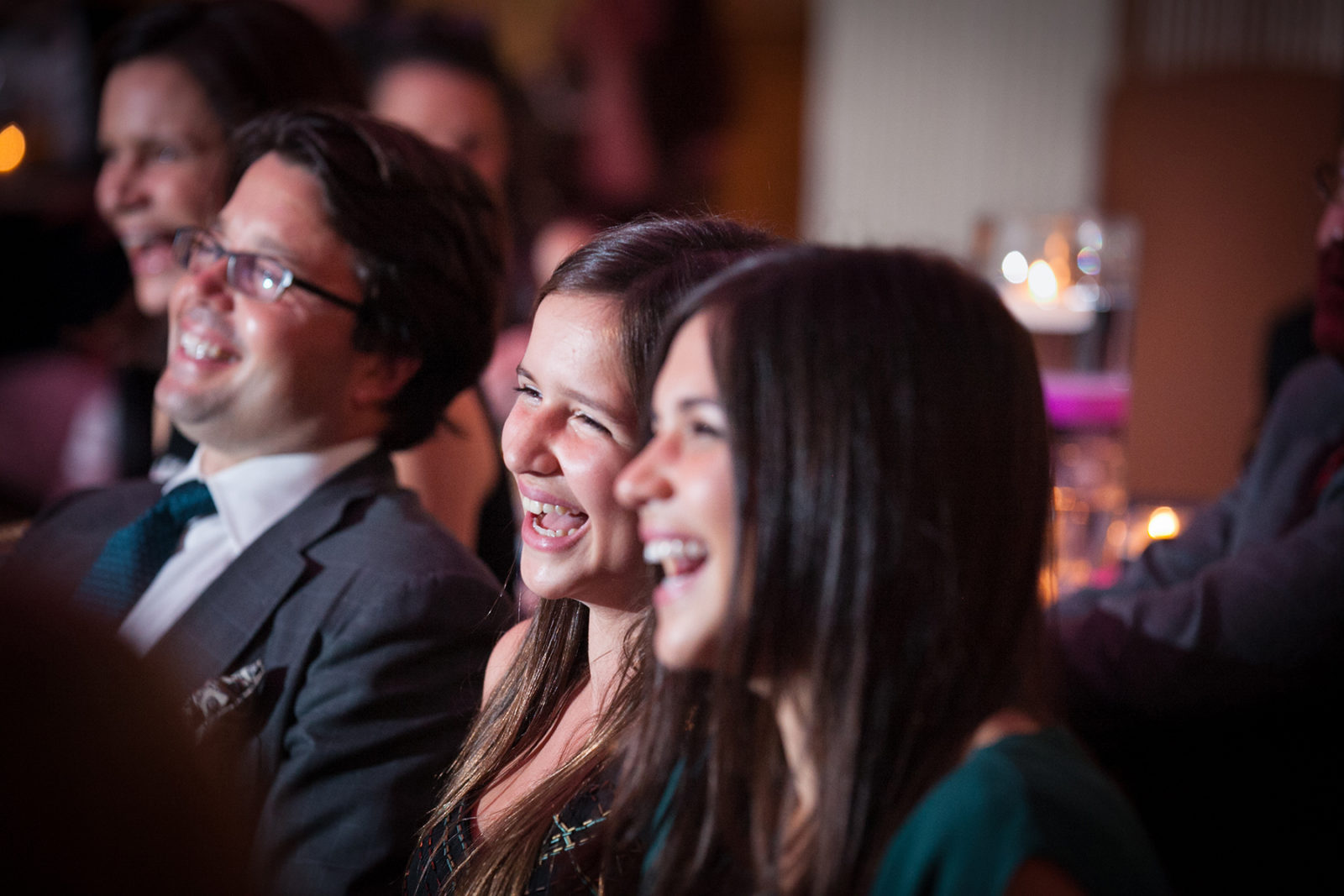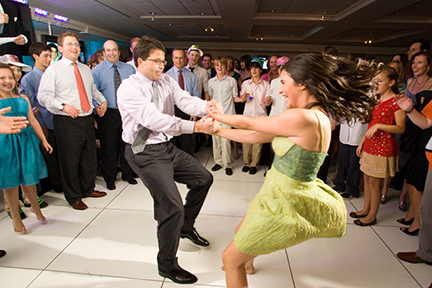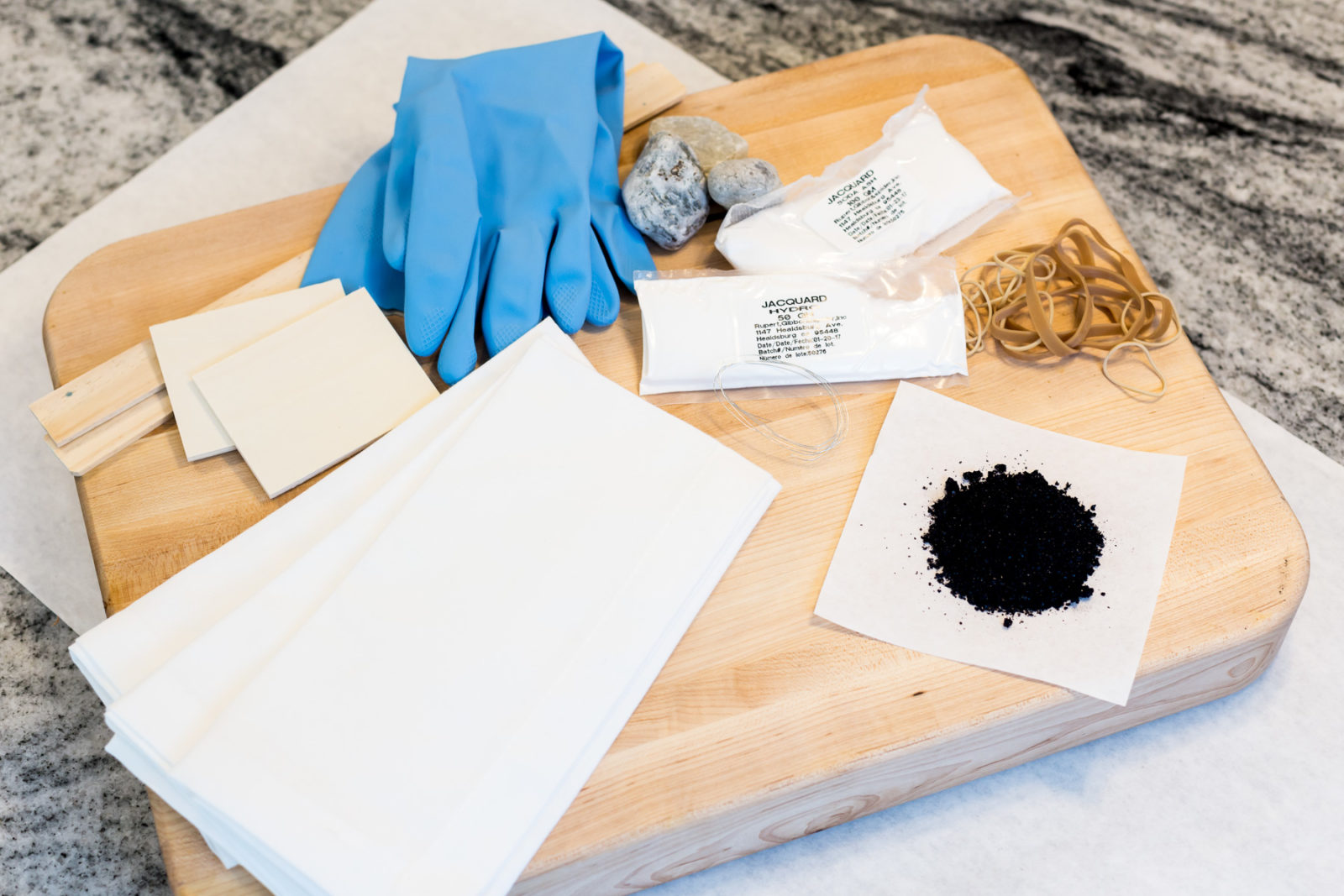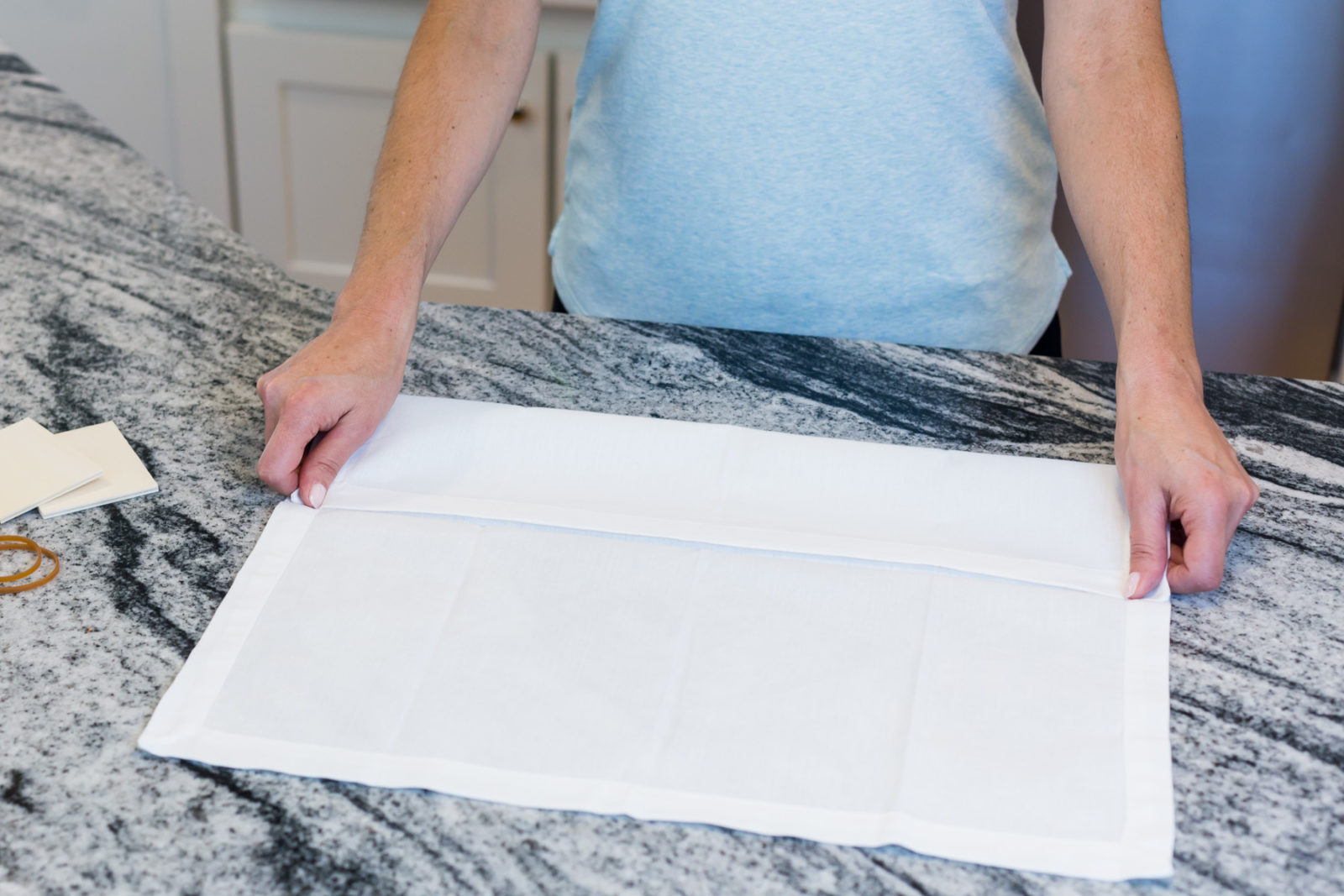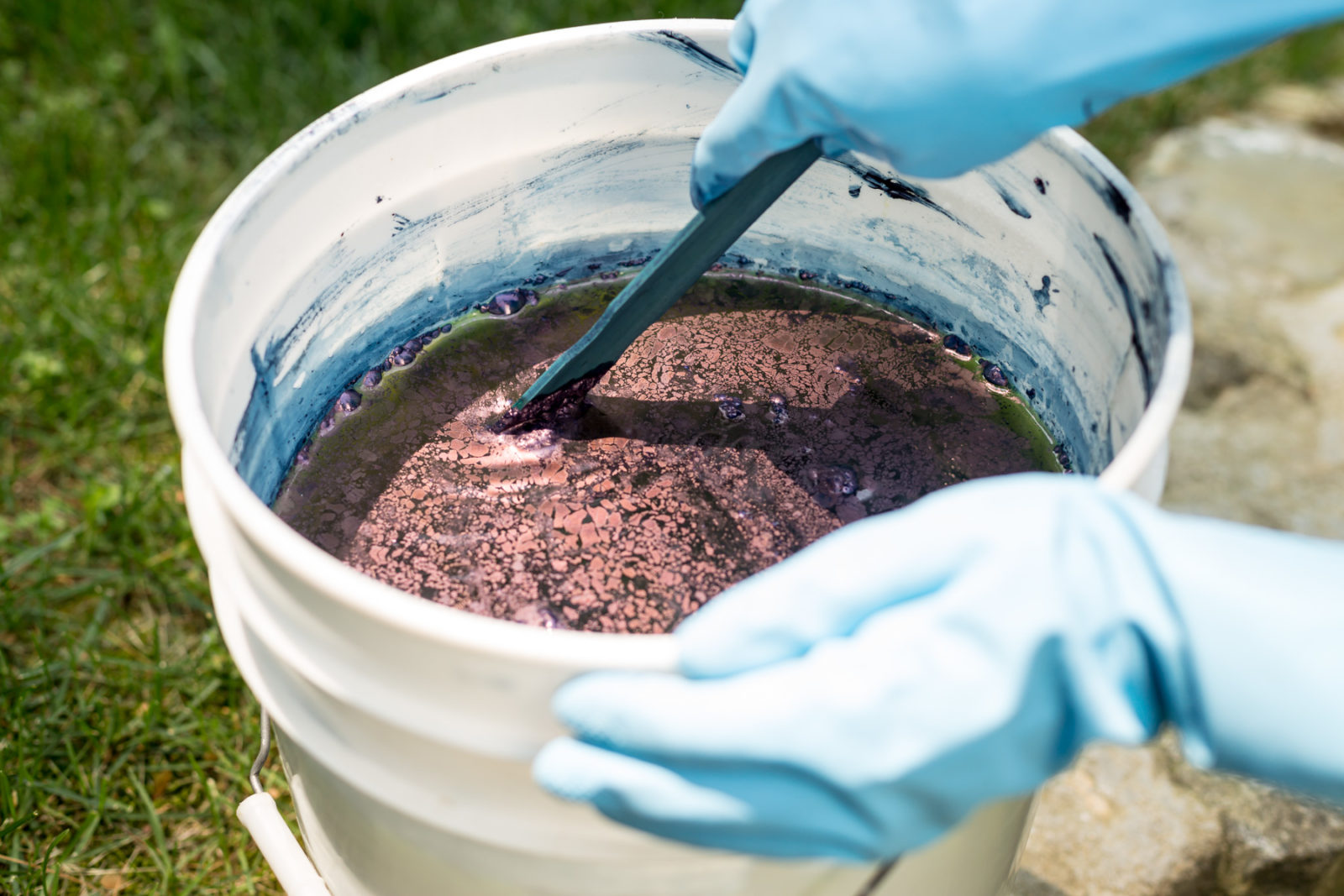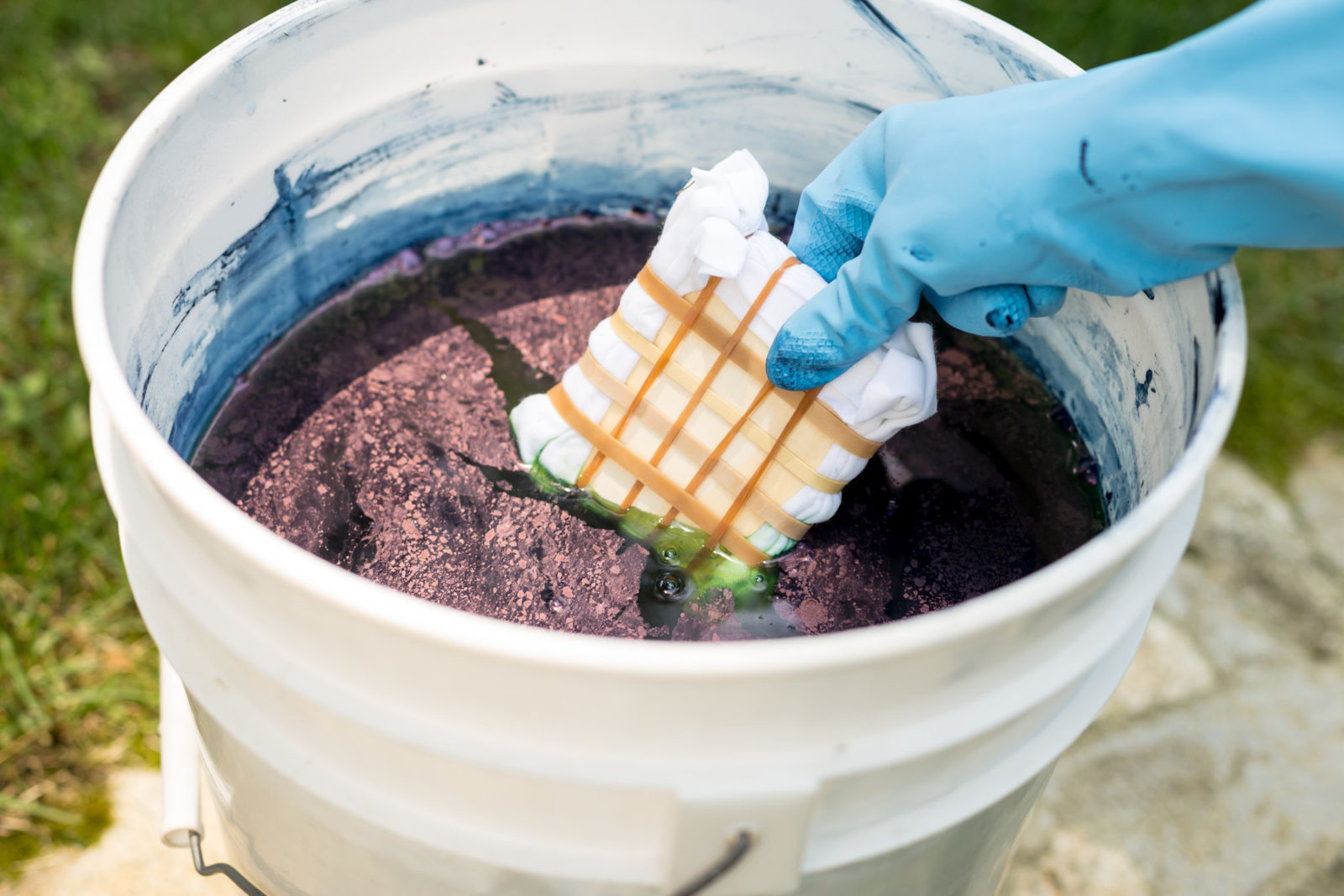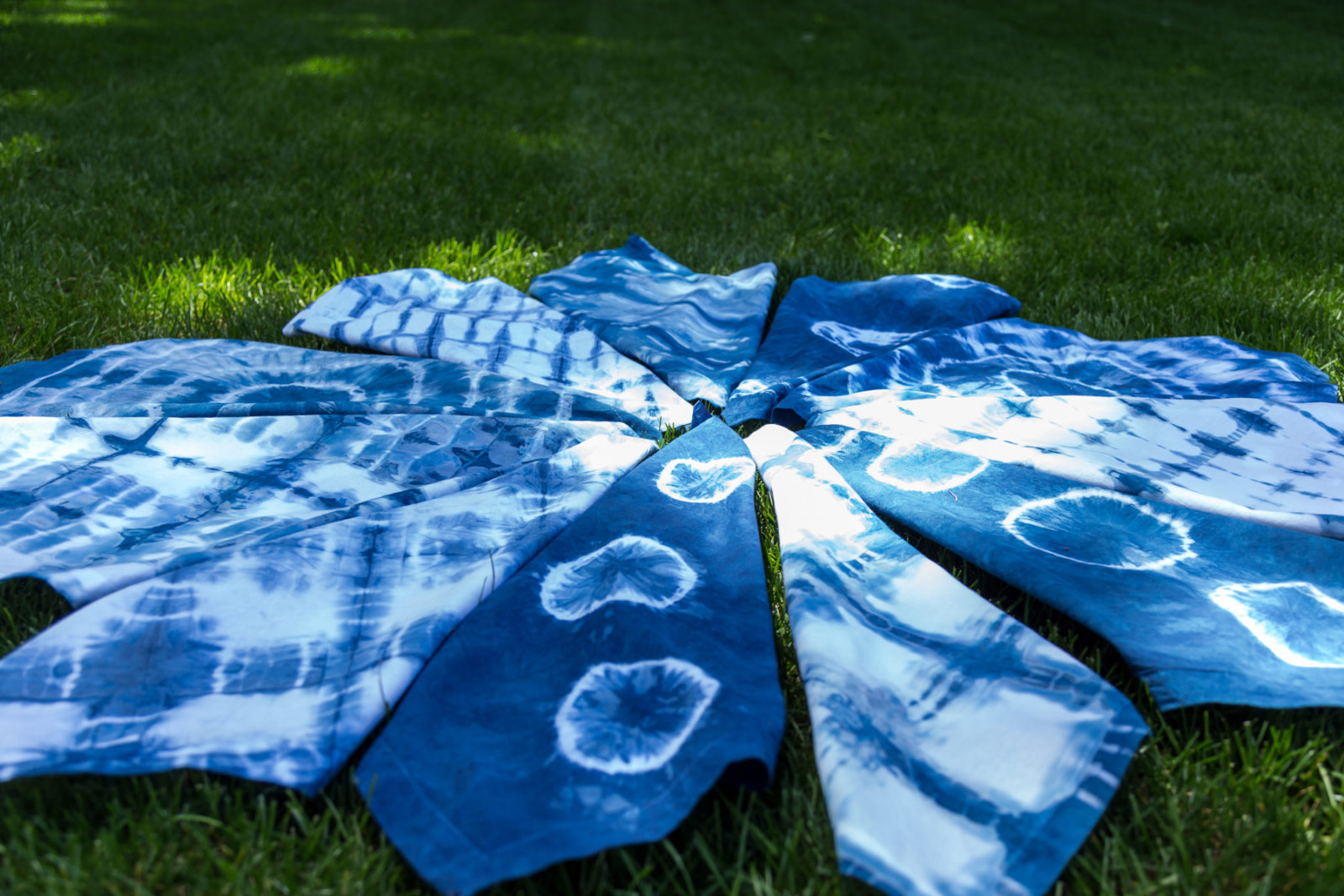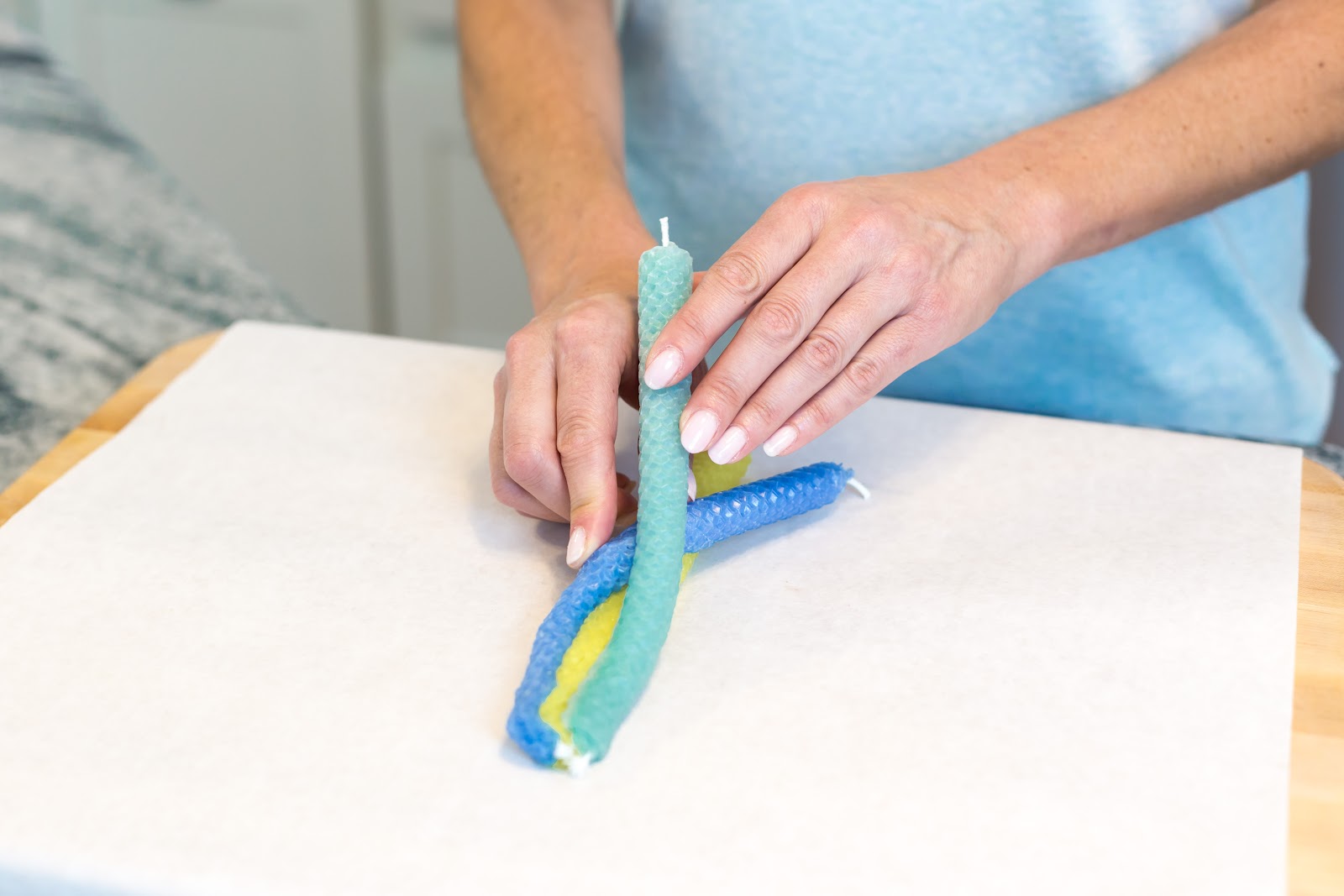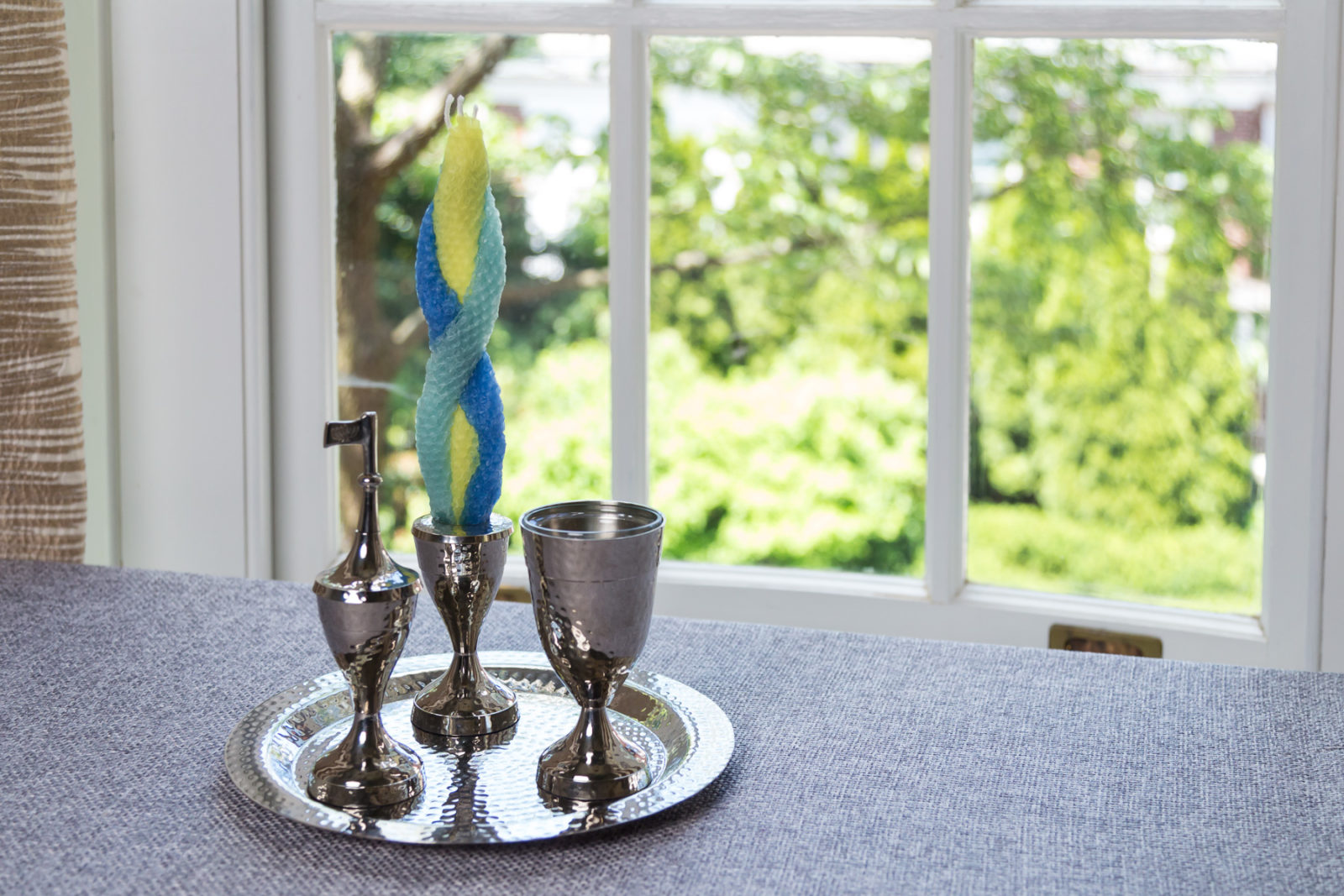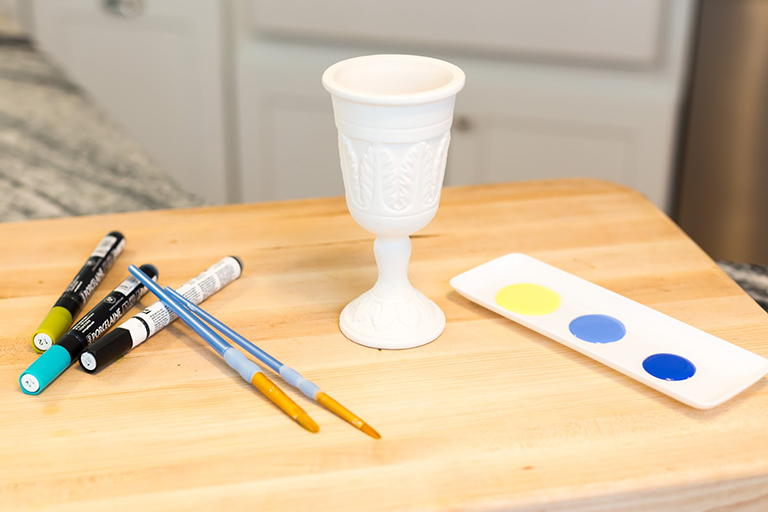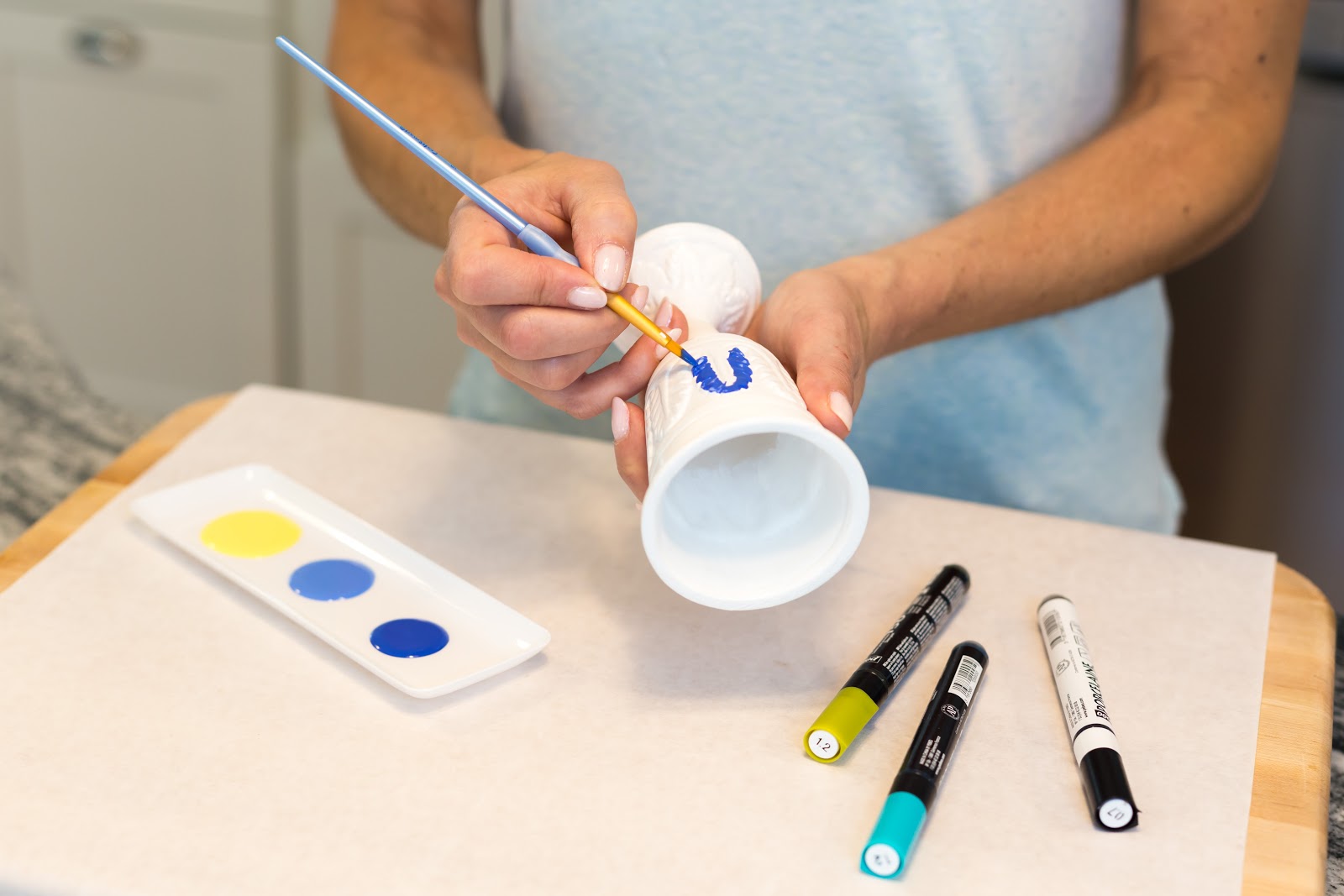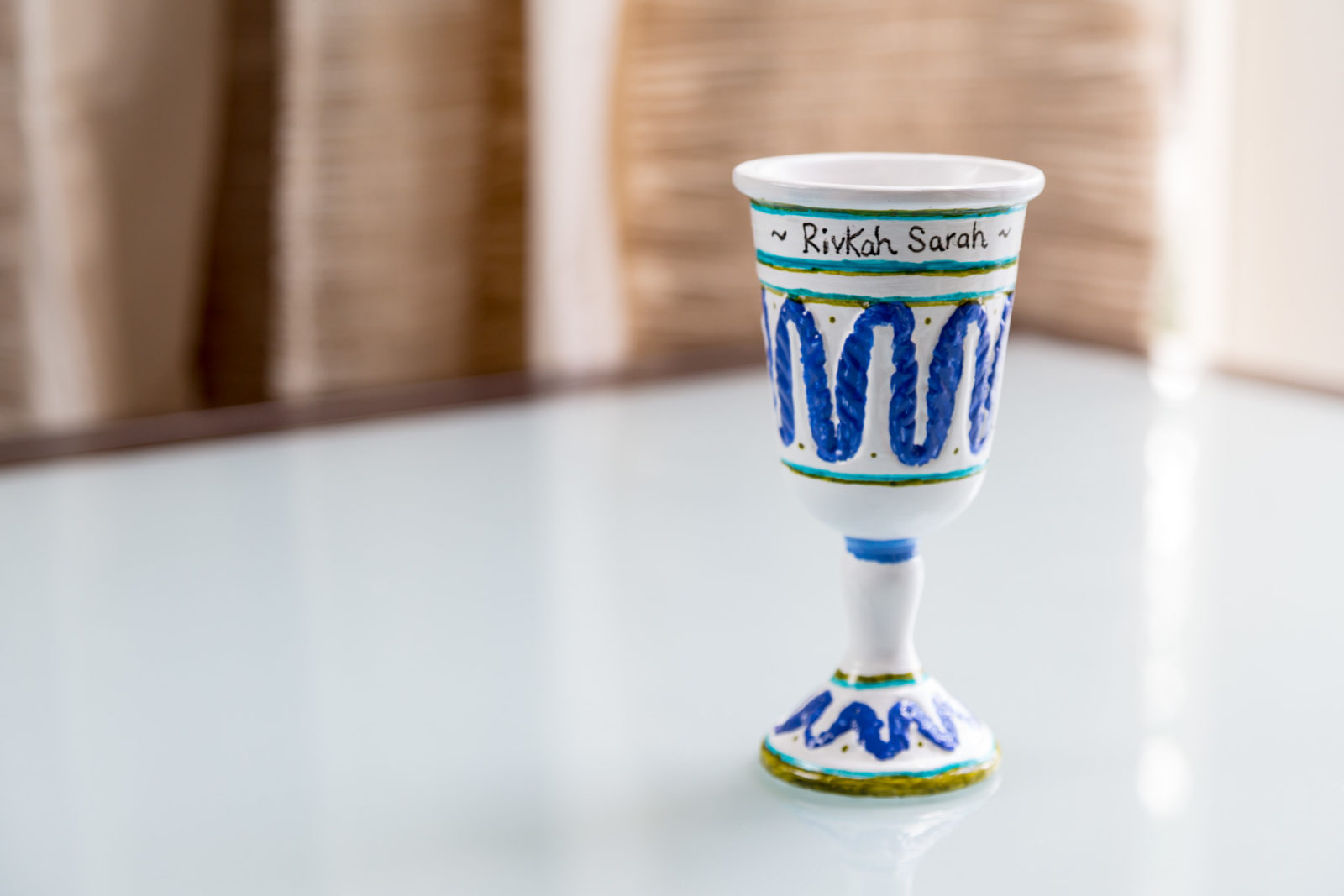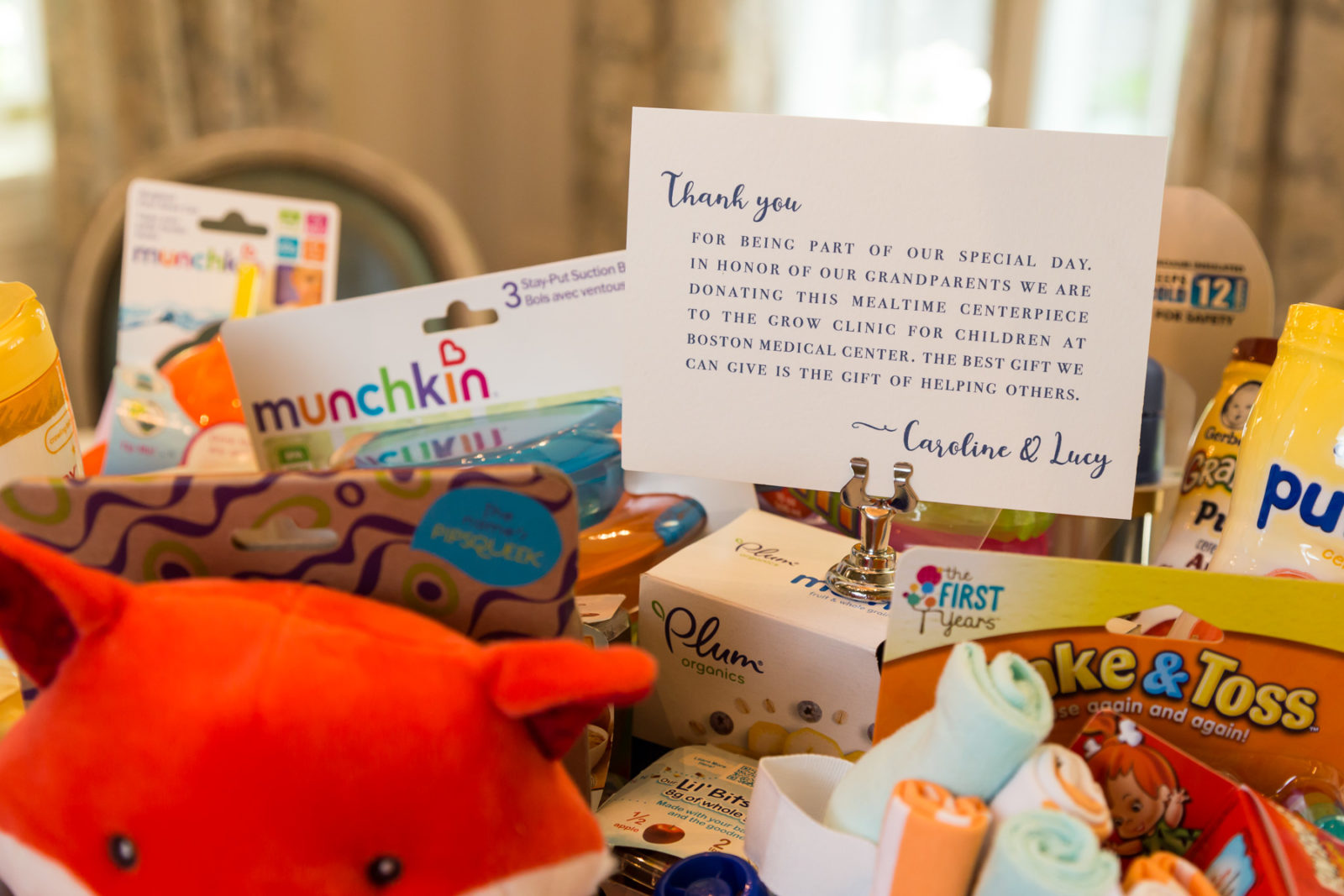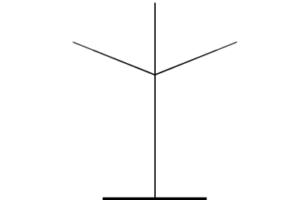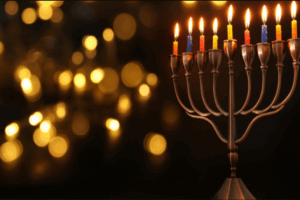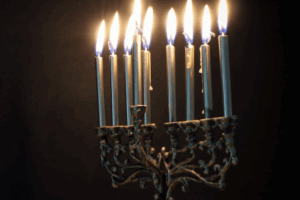How can you have no party, no guests, no service and still create a meaningful bar/bat mitzvah celebration? What are your out-of-the-box bar/bat mitzvah ideas?
Thinking outside the box is something that has always inspired me. My niece Sophia celebrated her bat mitzvah in such a creative and meaningful manner. Instead of an elaborate party and public service, Sophia studied on her own and wrote a letter to her friends and family about her Torah portion and her thoughts on being Jewish. Instead of receiving traditional gifts, Sophia asked each person to give her a gift of writing a letter about what Judaism means to them.
While this manner of becoming a bat mitzvah may not be for everyone, I certainly wanted to share this inspiring out of the box celebration idea.
Note: I am including the text of Sophia’s letter and my response here (link to Andy’s response).
—————————————————–
Dear Family and Friends,
Let me introduce myself. I am Sophia Lena Santos Goldfarb, daughter of Manuel Santos and Miriam Goldfarb. Bat Mitzvah literally means “Daughter of the Commandant”. I never had a formal Bat Mitzvah at the age of 12-13, but throughout the years I have always practiced Judaism. My whole life I’ve studied, learned about and celebrated the holidays such as Rosh Hashanah, Yom Kippur, Sukkot, Chanukah, Purim, Passover, and most importantly Shabbat. I have learned about our rituals…, our history — ancient and contemporary, the diaspora, the Ashkenazim, the Sephardim, the Holocaust, the birth of the State of Israel and her challenges — and more. I have also enjoyed the food, music, comedic legacy and fun. Although I did not have a traditional bat mitzvah ceremony, I still studied my parasha (Torah portion) and continue to explore the Hebrew language. Jewish values, people and culture; these things are important to me, in fact, fundamental to my identity.
My parashah was Nitzavim found in Deuteronomy. This text comes near the end of the Torah and contains many important concepts — important to the Jewish people, but also important to me personally. In Nitzavim, Moses gathers the Israelites on the day of his passing to enter them into a covenant with G-D. My understanding is that there are four key points in this parashah: First, the unity of Jews, “You stand today, all of you, before the L-rd your G-d.” Second, the notion of redemption, the outcast may always return to the “Land which your fathers have possessed.” Third, the importance of applying the text, the messages of the Torah, to our everyday lives. “It is not beyond you, nor is it remote from you. It is not in heaven…It is not across the seas…Rather, it is very close to you”. And lastly, and so interestingly, we are given the concept of choice in Nitzavim. “Life and death I have set before you, blessing and curse. And you shall choose life.” The commandment tells us to choose life. We are reminded however that the choice is ours. This is a freedom not to be taken lightly.
From the Parsha, I have come to understand that 1) I always have a home amongst the Jewish community and family. That I, in fact, do belong among Jews and Jewish culture; and that 2) should I stray, I have the forgiveness of my people and G-d, and the opportunity to redeem myself. 3) I would like to be a “daughter of Commandment’ so I can take the message from the Torah and apply them to my own life, in order to help others and be the best person I can be. Text is not just words and metaphors; this is where rubber meets the road. And 4) most importantly, I think I have the choice and freedom to make decision in my life, always guided by the above principles.
In conclusion, as I am growing into an adults (I am now 16), it would mean a lot to me to hear from you, my family and friends, about what it means for you to be Jewish. This is a very broad question, I know, and can be interpreted in many ways. But I want to hear from all of you, secular and religious, Atheists, Agnostics, Orthodox, Conservative, Reform, Reconstructionist, whatever you are and however you, per Nitzavim, have chosen to live Because when conjoined, that is exactly what makes it/us so interesting. We are all Jews, and this has different meaning for all of us. I know this is a lot to ask and you don’t get any great food or party at the end (well hey, you didn’t have to fly to Boston or pay for a hotel ? )…but I’m asking for just one page (more if you desire of course) about the meaning of Judaism for you. Total honesty is all I ask. Once you have sent me your words, my family and I will make a book of all your letters that I will keep with my for the rest of my life. This book too will no doubt be a buoy in good times and dark times, something that I will always treasure and look to for wisdom. Thank you all so much.
Sincerely,
Sophia
See Andy’s letter to Sophia here.

